Halloween II (1981) 35 Years Later – A Worthy Companion Piece to the Original or Not? Part 2 of 2: The Companion Piece

Halloween II is more than just a follow-up to the original film as it is very much a companion piece. It does what very few sequels do by picking up exactly where the previous installment ends continuing “The Night HE Came Home!”
Related Story: Part 1: The Original
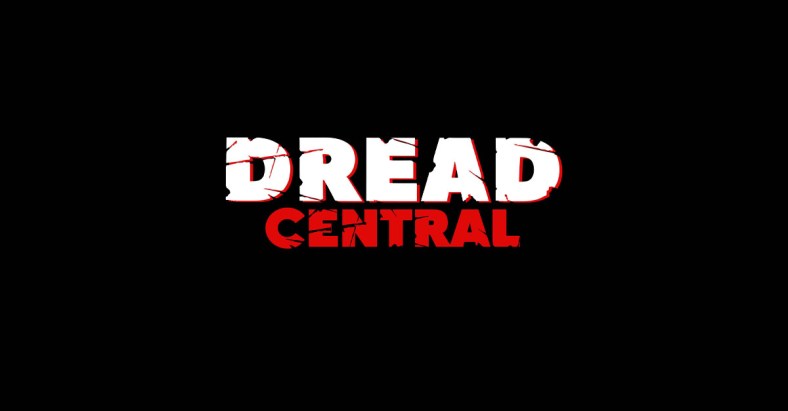
Because of its predecessor’s ambiguous ending, this is exactly what it gives us – we get to see more of this night of terror with a definitive end that give us closure. While the climax to John Carpenter’s original is already the perfect ending to the story, admittedly, this features a more satisfying conclusion that would have been an effective coda for the Michael Myers/Laurie Strode/Samuel Loomis storyline. However, it could have also been a seamless continuation if were not for the stylistic differences and the narrative confusion of the siblings revelation.
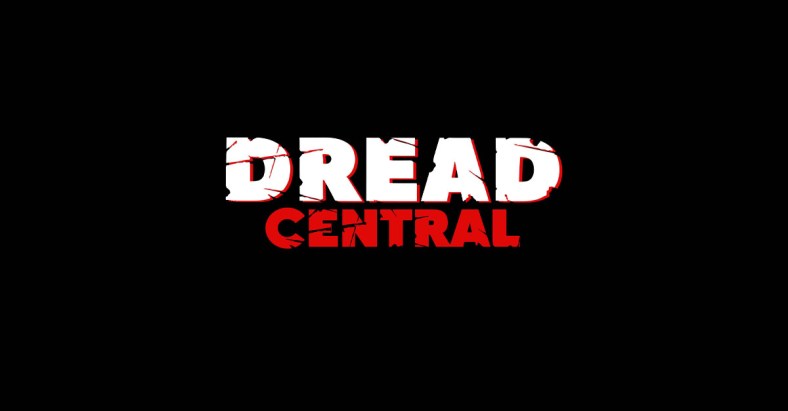
The latter of which is made only slightly more cohesive by the extended TV cut of the first movie, but is almost rendered ineffectual by its “Boogeyman” aspect that this installment neglects in favor of explaining Michael’s backstory that ruins the mystique of the character. While it is flawed and is not the sequel Carpenter’s original deserved, this is the next best thing as the stylistic differences actually work well for a solid entry in the early 80’s Golden Age of the slasher sub-genre. Its predecessor was the template for this. In 1980, Sean S. Cunningham’s Friday the 13th added the gore factor that opened the blood gates for a flood of more explicit slice n’ dice flicks. This does though reproduce some key elements…
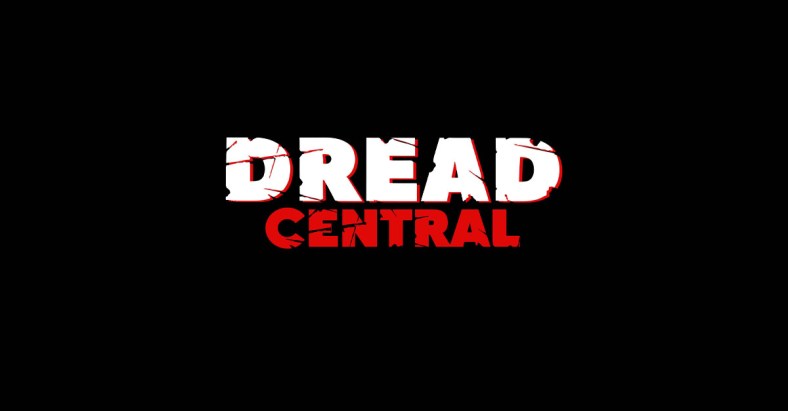
The film opens with the sound of “Mr Sandman” by The Chordettes playing. While this might seem a strange choice for the soundtrack, this cheerfully innocent little song is turned into something extremely creepy here, especially when used over the last two shots in the closing moments. It is significant as it is relative to Myers’ stalking of Laurie (Jamie Lee Curtis) while she is heavily sedated in Haddonfield Memorial Hospital. This plot device works to make her more vulnerable as a woozy sitting duck to the present danger of the malevolent The Shape, as he bumps off the residents of the hospital one by one as he works his way towards her, while she drifts in and out of consciousness struggling to stay awake. Unfortunately, this gives Curtis little to do until the thrilling third act; her character is stuck in bed for the first hour with her cracked ankle from the previous events while she is doped up.

Back to the opening sequence. When “Mr Sandman” fades out, there is a recap of the original’s climax when Loomis (Donald Pleasence) shoots Michael Myers six times and he falls off the balcony of the Doyle’s house. Loomis then goes down to investigate the disappearance of Michael, and then the Doyle’s next-door neighbor comes out to see what the disturbance is. Here we are treated to some immensely quotable dialogue in a very cool scene…
Doyle’s Neighbor: What’s going on out here?
Loomis: Call the police! Tell the sheriff I shot him!
Doyle’s Neighbor: Who?
Loomis: Tell him he’s still on the loose!
Doyle’s Neighbor: Is this some kind of joke? I’ve been trick-or-treated to death tonight.
Loomis: You don’t know what death is!
Then Loomis runs off and it segues smoothly into the title sequence with the musical cue of John Carpenter’s famous theme. The familiar piano melody is upped in tempo, now played on a synthesizer that is backed by the loud blasts of the heavily enhanced organ parts. This is an exhilarating take on the classic theme with a darker Gothic-esque version. It remains one of the most underrated compositions by its filmmaker/musician.
[youtube https://www.youtube.com/watch?v=FjoioWbFt6o]
This title sequence shows director Rick Rosenthal’s partial dedication to carrying over elements from the first movie. In that previous title sequence, featuring a jack o’ lantern against a black backdrop, through the entirety of the credits, the camera slowly zooms in on it while accompanied by Carpenter’s haunting theme music. As the camera closes in on its left eye, we see an image of a skull and then the lit candle inside starts to go dim until it goes out. Here the camera slowly moves in on the jack o’ lantern as a whole, the candle light starts flickering, and it rips apart to show a skull’s full visage. The camera continues to close in on the skull’s right eye socket until it goes right inside, and we see the first post-title shot from Myers’ perspective. Much like the opening of the original, this POV shot lasts a long time but just a fair bit less clocking in at 1:43 seconds, as opposed to the previous stonking 4-minutes.

The Shape creeps around the back-alleys. He sees Loomis picked up by Sherriff Brackett in his patrol car as Loomis shouts at him “I shot him six times!” He then comes across the back of a house where the kitchen is situated. He sees through the kitchen’s window, an elderly woman preparing a sandwich for her husband who is in the front room watching TV. The camera then moves away from the voyeurism to the interior of the house as she walks away from the kitchen into the front room to see why her other half, who is sleeping in his armchair, is not answering her. We see on their TV, they are watching the channel showing the Halloween horror marathon carried over from the last film. Instead of Howard Hawks’ The Thing from Another World (1951), the channel is now showing George A. Romero’s Night of the Living Dead (1968).
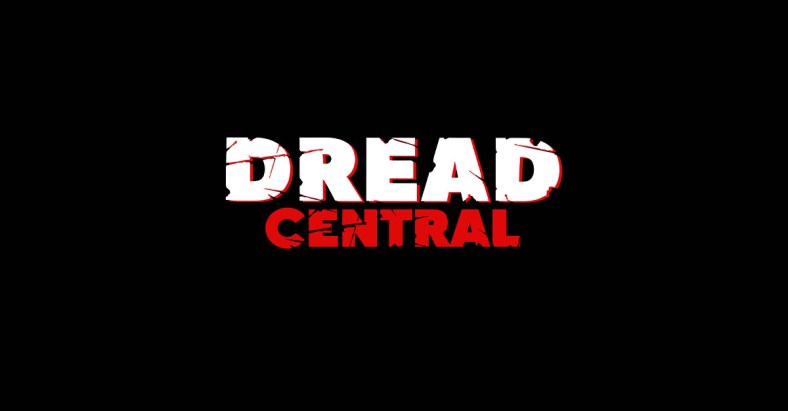
The camera then goes back to Michael Myers’ perspective for 24-seconds, as we hear a breaking news bulletin on the TV about the three murders committed in the Wallace’s house. He enters the back of the house through the kitchen and picks up the knife the old woman was using to make the sandwich. This shot looks just like the shot in the opening of the original, when a young Michael takes out a butcher knife from the kitchen draw.
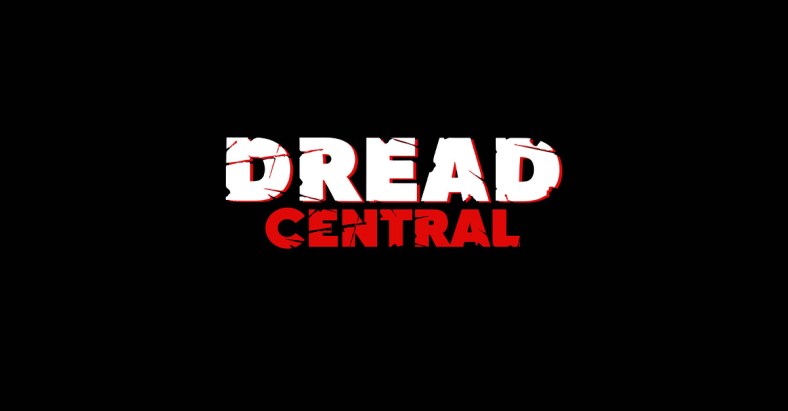
It is from here we start to see the stylistic differences. Myers makes his way to a neighboring house where inside is a young woman. This first killing with a knife through her chest is the first bit of blood we have seen since the very beginning of the first movie, which depicted the stabbing of Judith Myers. This is the first of eight gruesomely graphic set-pieces here.

Although, this was not Rosenthal’s decision and he had nothing to do with the filming of these sequences. He wanted to make something closer to the spirit of John Carpenter’s original work, relying mostly on deliberate pacing, suspense and tension. When he delivered his cut though, Carpenter knew it was not what the audience wanted in this new era of prolific bloodletting. They had to compete with bloody offerings released in the same year – My Bloody Valentine, Friday the 13th Part 2, The Burning, Nightmares in a Damaged Brain, The Prowler, etc. The irony is the original Halloween spawned this sub-genre, but was now out of place in it. Forced to deliver the gory goods for the gorehounds with its sequel, the producer now acting as a director, shot this additional material to give the film the shocks it needed to draw its target audience.
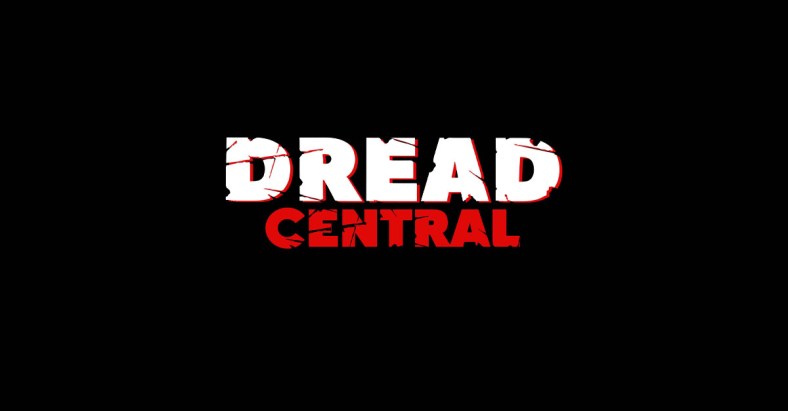
There are other reasons why Rick Rosenthal’s original cut was not up to scratch. Here is what John Carpenter had to say about it all in the book Prince of Darkness –
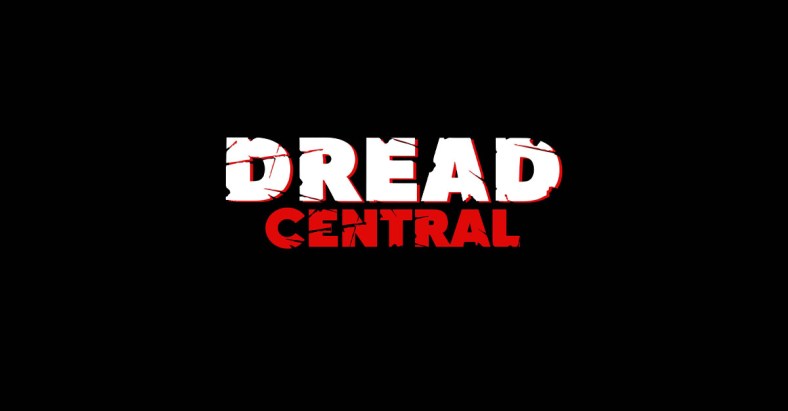 Having seen the dull as dishwater TV version that is essentially Rosenthal’s original cut, I think Carpenter did the right thing here, as his cut is easily superior being for more entertaining. If they had released the director’s originally intended vision, then the movie’s release would have been a disaster.
Having seen the dull as dishwater TV version that is essentially Rosenthal’s original cut, I think Carpenter did the right thing here, as his cut is easily superior being for more entertaining. If they had released the director’s originally intended vision, then the movie’s release would have been a disaster.

John Carpenter made a couple of mistakes though cutting his version. There is the almighty timeline gaffe concerning the placing of the aforementioned breaking TV news bulletin. It reports the dead bodies at the Wallace’s house literally just minutes after Loomis shot The Shape. The filmmaker created another continuity error by cutting a scene in which Michael Myers cuts the hospital’s power and the emergency generator starts up. This explains the building’s dark setting from the film’s halfway mark onwards.
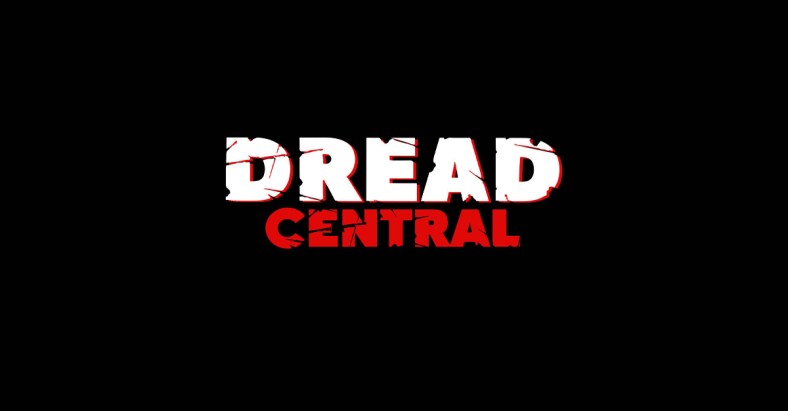
It is so strange the hospital is near empty. There is only a handful of staff and there are zero patients except for Laurie, even though there is a nursery full of newborn babies. Every time I watch the movie, this bugs me a bit but it does serve a purpose. While this setting is not visually rewarding as the original’s large open spaces of the suburbs of small town Haddonfield, this is a standard remote setting for a slasher, providing an overwhelming feeling of isolation. In addition, the confinements of the building’s dark hallways and rooms, Rick Rosenthal’s utilization of long shots of Michael making his way through the corridors, and of the monitors as the security cameras capture Myers’ moments – make for a claustrophobic and creepy atmosphere.
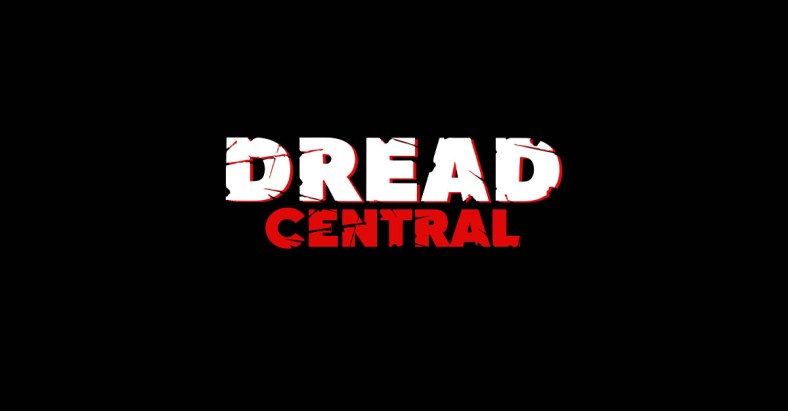
We do though revisit the suburbs throughout the course of the proceedings as Loomis continues his pursuit of The Shape. Another key element of the original is reproduced here, as Pleasence repeats the same beats with monologues about how Michael Myers is pure evil. We also see here another nod to the siblings revelation when Loomis and Deputy Sheriff Hunt (Hunter von Leer), investigate a break in at the local elementary school. Michael has left a knife in a little child’s drawing of their family with the sister being the target. One of these scenes outside the hospital, which takes place at the Myers’ house, shows the effect these tragic killings have had on the residents of Haddonfield – a backdrop of a community in panic. Laurie’s High School crush, Bennett Tramer, also plays a part in the tragedy with his death providing a short-lived red herring.
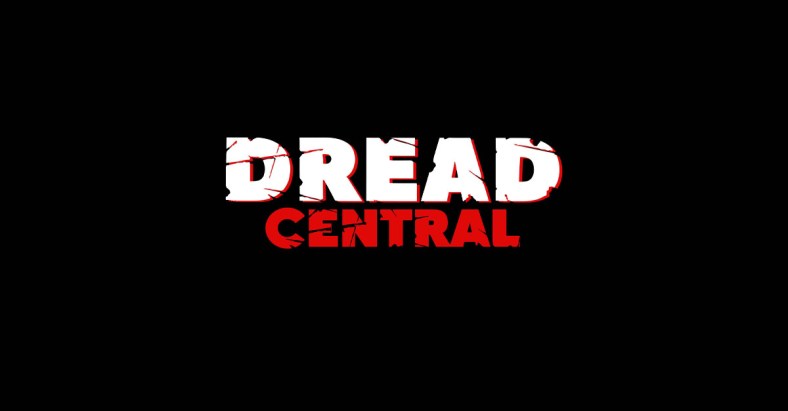
The other big stylistic difference is The Shape himself. Dick Warlock moves much more slowly and his body movements are far more stiffer than Nick Castle’s performance in the last film, making this killing machine more robotic-like here. Warlock is utterly convincing though as a devil incarnate. The mask looks a lot different as well, but actually, it is the same original William Shatner prop. During the time between the filming of both installments, it just deteriorated.

Rosenthal has returning cinematographer, Dean Cundey, shoot Michael Myers in a way that brings him right out into the light, employing none of the previous camera trickery. To be fair, we already know from the first movie’s conclusion, which answered the questions set up over the course of the proceedings that Michael must be something other than just human and is near indestructible. We can let this slide, as the same aesthetic did not need to be used again; the “Boogeyman” element can remain intact, as we still do not know what Myers really is.

The needless revelation takes the edge off this though. We did not need an explanation giving The Shape a motivation for his killings. Not only does it contradict the previously told narrative, but rewriting the mythology by making Michael Myers and Laurie Strode brother and sister, explaining something that should not have been even partially explained, is a misunderstanding of what was originally conceived. Part of the brilliance of Carpenter’s first film is the lack of back-story and exposition of Michael, as he is simply pure evil – he kills because that is what he does. Doing away with this ambiguity by making up explanations in reasoning for Myers’ actions – helps to demystify this enigmatic malevolent evil being. If this were not worked into the mythos, there would have been even more of an aura of mystery surrounding the character.

CONCLUSION: A Worthy Companion Piece to the Original or Not?
Well, yes and no. Obviously, it is not in the same league of filmmaking as the original, as it loses certain key elements that made that so unique in its craftsmanship, and watching these two movies as a double bill, the narrative and stylistic differences become clearly noticeable. However, the stylistic differences work very well for a strong entry in the slasher sub-genre that its predecessor innovated. Granted, if John Carpenter’s heart was in it, if he actually wanted to make a sequel with him in the director’s chair, it could have been an even better one. It is though ultimately satisfying, and would have ended the series in a literally explosive way sending out the beloved horror icon Michael Myers on a memorable high note.
[youtube https://www.youtube.com/watch?v=W34hF0rsj94]
Categorized:Editorials News Retrospectives

